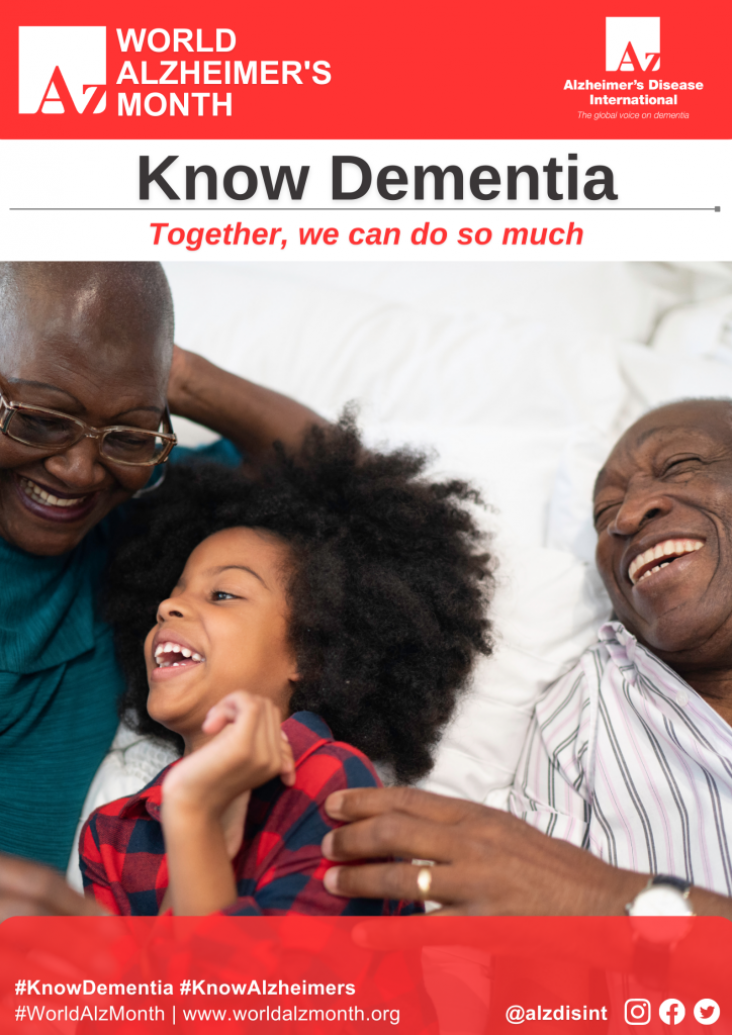This Editorial sharing the experiences of a Radiology Department-led Racial and Socal Justice Book Club supports SDGs 10 and 8 by describing the ways they made an intentional effort to normalize discussions about racial and social (in)justice and examine everything through an anti-racist lens.
This chapter advances the UN SDG goals 7, 10, and 16 by suggesting that energy does not only need to be democratized but ultimately, needs to be decolonized from the processes that place fossil fuels in the service of settler capitalism, rather than Diné sovereignty. Such a move might enable movements toward energy justice.
This content aligns with Goal 3: Good Health and Wellbeing as well as Goal 10: Reducing Inequalities by presenting early evidence on what it meant to be a frail older individual in the COVID-19 pandemic from the perspective of three different settings: community, hospitals, and nursing homes. Lessons learned provide opportunities to improve health outcomes, community and health services, and how we want to live as aging societies.
Elsevier,
Adolescent Mental Health
Towards Technological Advances and Service Innovations
2023, Pages 111-144
This content aligns with Goal 3: Good Health and Wellbeing as well as Goal 10: Reducing Inequalities by presenting available evidence of the effects of acute COVID-19 illness on children and young people, the impact on at-risk groups, and access to mental health services and education during the pandemic, as well as discussing the implications and recommendations for research, practice, and policy.
This content links with Goal 3: Good health and well-being and Goal 10: Reduced Inequalities by providing important insights informing basic mechanisms underlying febrile seizures.
With the aging global population, the relationship between older people and their residential environments is increasingly important. This relationship is based on the match between the individual characteristics of a person, their needs and expectations, and the characteristics of their environment. By creating access to various health improvement factors and exposure to various risk factors, the conditions under which an individual ages can be modified. This helps to accelerate or decelerate the process of incapacitation that individuals undergo as they age. This can also reduce or reinforce socio-spatial inequalities, which underlie the preponderant role of territory and spatial policies in the prevention and promotion of healthy aging. This chapters supports the process for developing the Decade of Healthy Ageing (2020 – 2030) aligned to the Sustainable Development Goals (SDG3).
This content aligns with Goal 10: Reduced Inequalities by focusing on the impact and importance of building community for under-represented students in STEM.

An estimated 50 million people around the world currently live with Alzheimer's disease or other dementias, de
Elsevier,
Perloff's Clinical Recognition of Congenital Heart Disease (Seventh Edition)
2023, Pages 166-182
This content links with Goal 3: Good health and well-being and Goal 10: Reduced Inequalities by providing information on Ebstein’s anomaly of the tricuspid valve.
Elsevier,
Perloff's Clinical Recognition of Congenital Heart Disease (Seventh Edition)
2023, Pages 283-311
This content links with Goal 3: Good health and well-being and Goal 10: Reduced Inequalities by focusing on fallot tetralogy.
